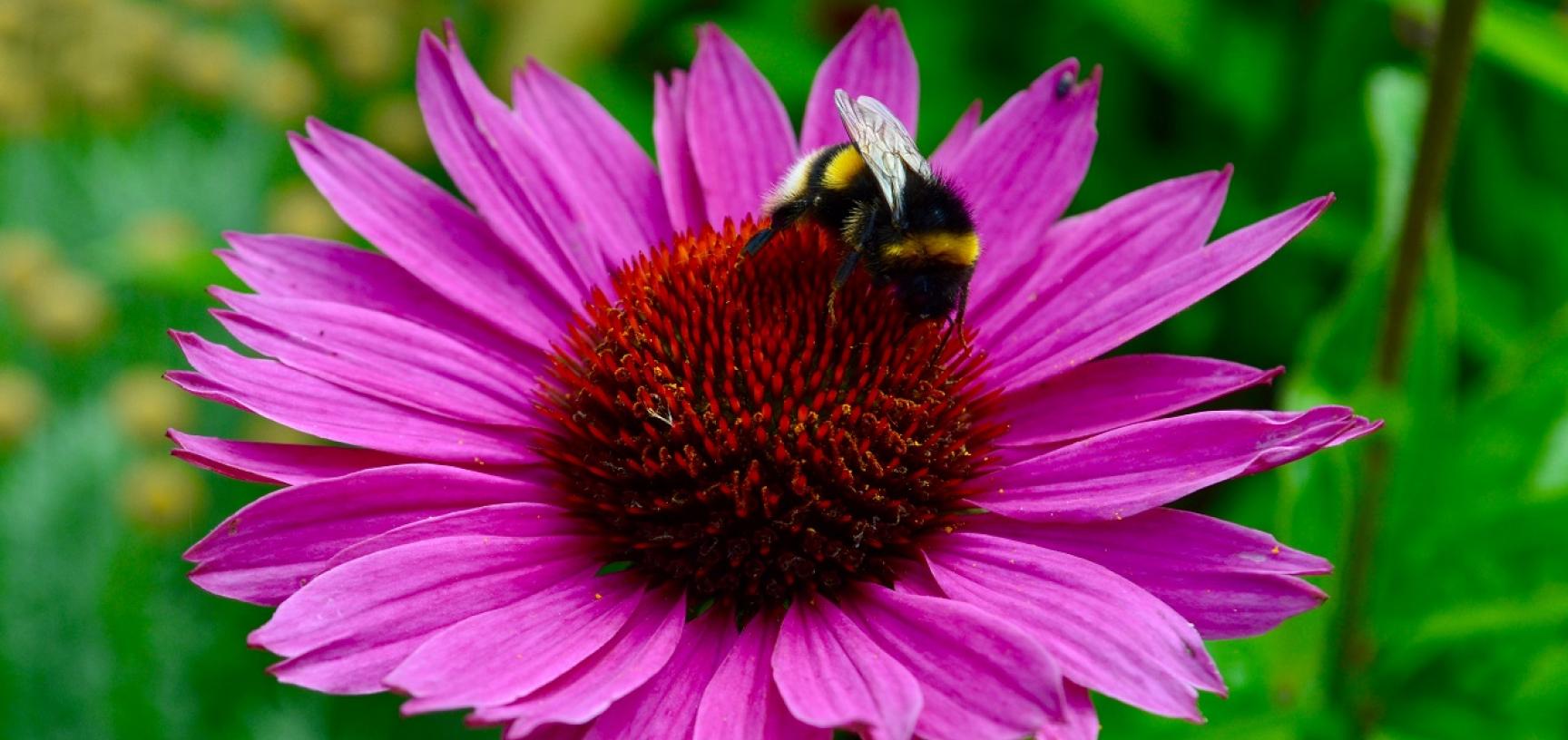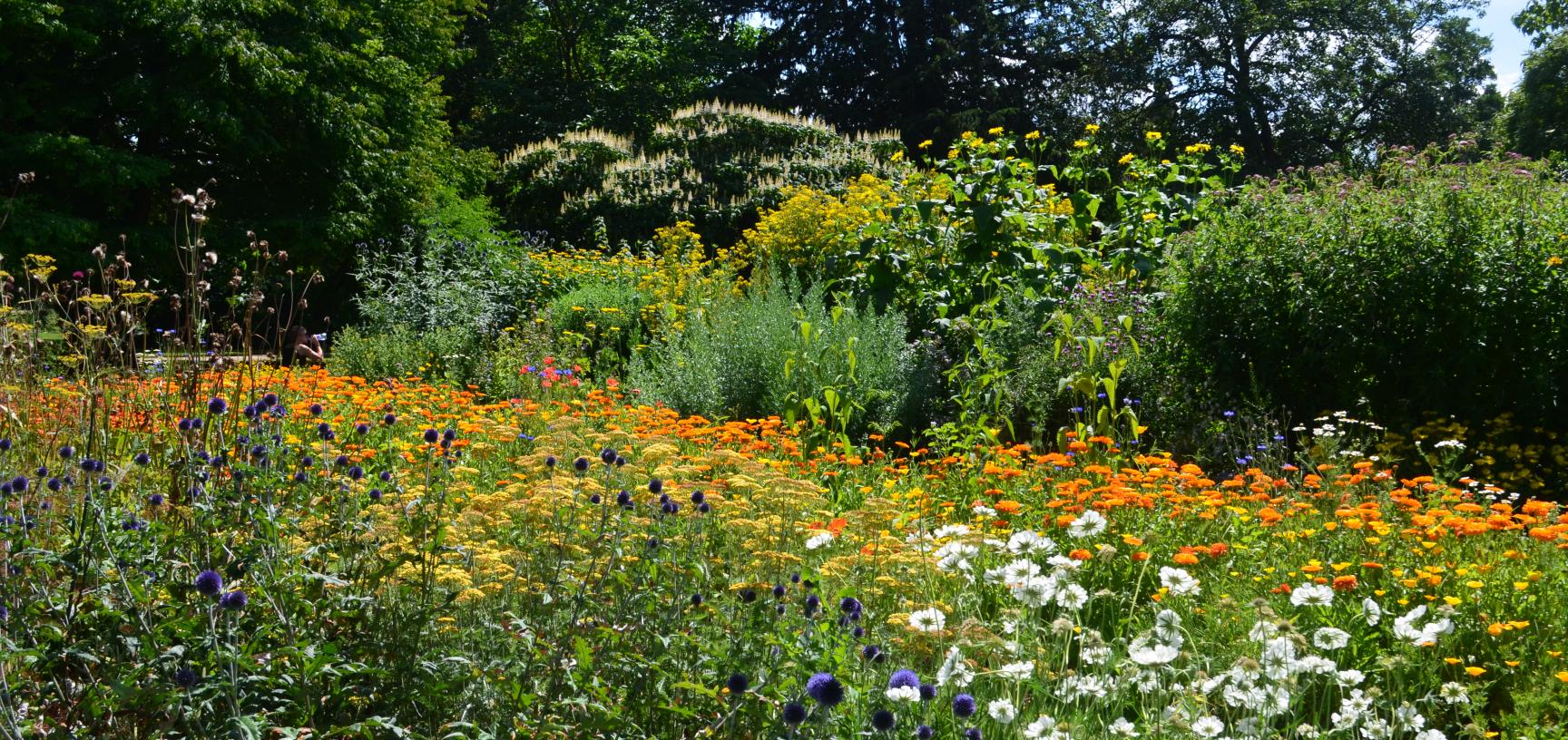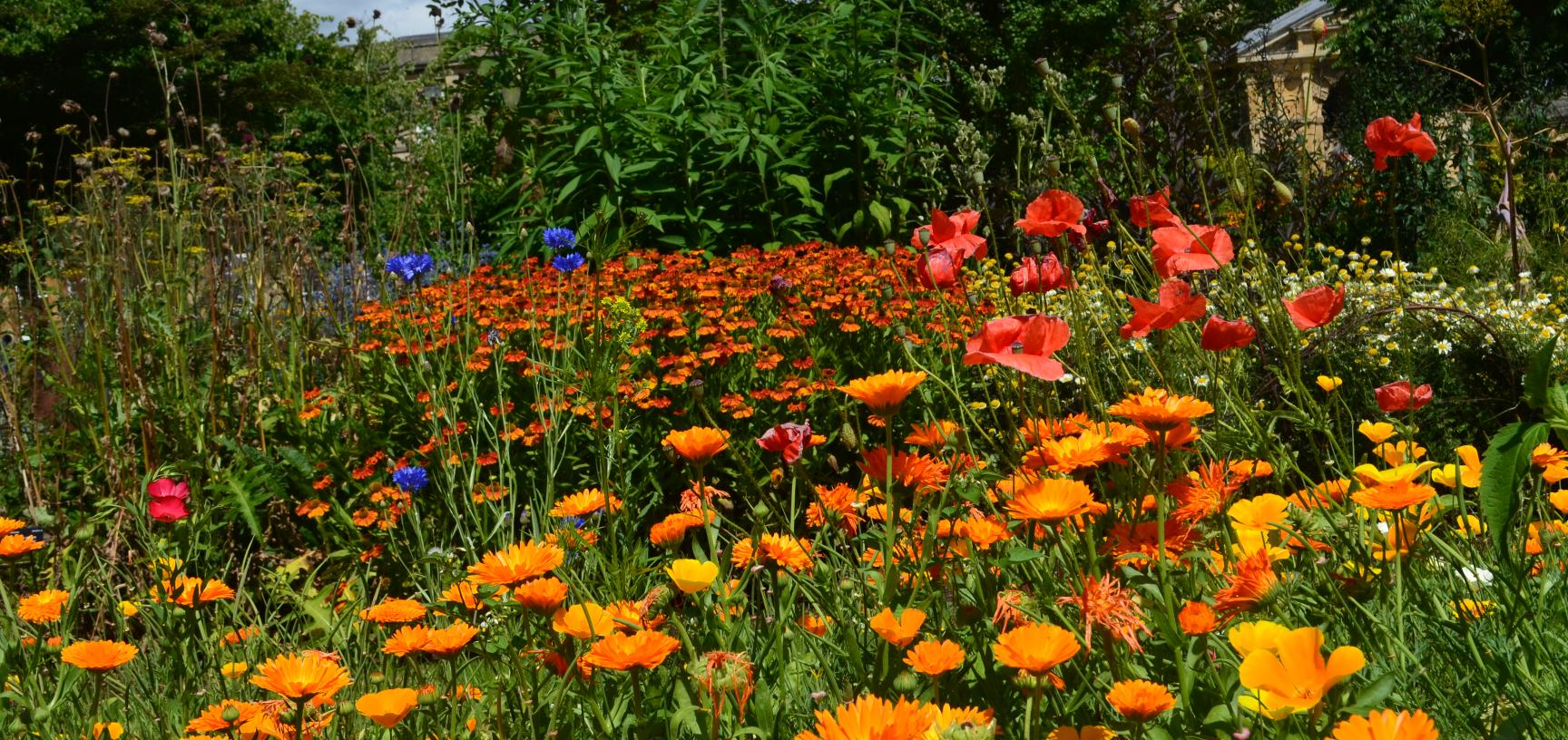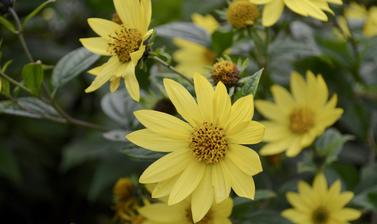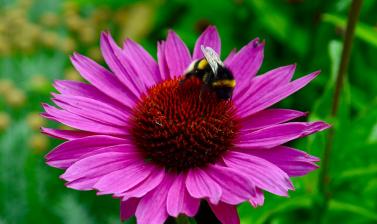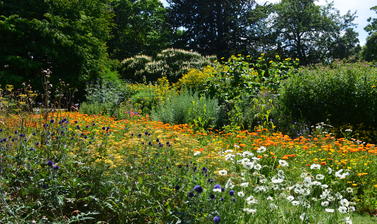The Taxonomic Beds
The Garden was first established as a physic garden in 1621 in which plants were classified according to their medicinal properties. Later, in the mid-1800s, the plants were arranged by geographical origin as more specimens became available from abroad.
The evolution and classification of flowering plants has long fascinated scientists, including Darwin, who described their origin and early evolution as ‘an abominable mystery’. Today, our most modern and objective means classifying of flowering plants is known as the APG (Angiosperm Phylogeny Group) system. Unlike former classifications based on plants’ morphology (their appearance), APG is based on DNA sequence data, and is therefore much more reflective of their genetic relatedness.
Oxford Botanic Garden is one of the first gardens to adopt this new classification system for its plant collections. The APG beds are used to teach plant systematics and taxonomy to undergraduate students at the University. The beds are also used to communicate the importance of plant classification to all visitors to the Garden.





